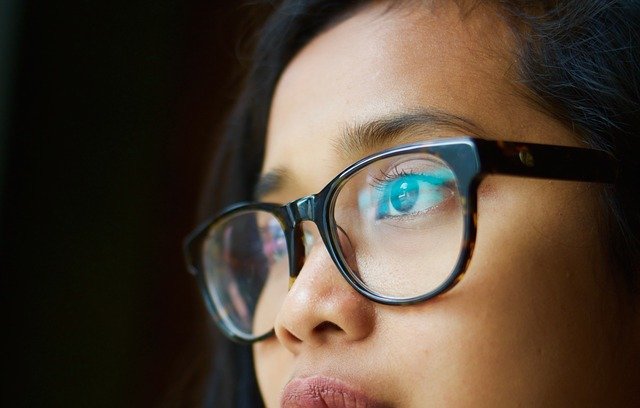With constant staring at the screens becoming a normal part of people’s lives, the threat of decreased vision has never been more imminent. Now, a neuroscientist has broken down two simple exercises that can improve vision.
According to a study commissioned by Vision Direct, an average American will look at a screen for 44 years in his lifetime. Yes, over four decades.
It’s no wonder then that myopia, aka nearsightedness, has grown to an epidemic level. In addition, there has been a rise in headaches and migraines, poor sleep, and feeling more fatigued, according to Upworthy.
However, not all is lost. There are a few simple ways to improve one’s vision.
Neuroscientist Andrew Huberman in his popular podcast “Huberman Lab,” discusses a variety of science-based life hacks for health and fitness. In a video shared by Be Inspired, Huberman revealed two simple exercises that can purportedly improve eyesight.
The first exercise is to allow vision to relax. For this, Huberman suggested standing near a window and looking in the distance. Opening the window would be ideal, since windows block most of the blue light and sunlight that one should get during the day.
Or go to a balcony to relax the eyes and enjoy the view. Taking in this panoramic vision can relieve stress and fatigue.
According to Huberman, one should participate in relaxation exercises of the eyes, face, and jaw for every 30 minutes of focused activity or at the very least every 90 minutes.
The second exercise suggested by Huberman is to track the motion of objects moving through space, since it’s the eyes’ natural ability. Stimulating this mechanism can improve one’s vision.
According to Huberman, a few minutes each day or every three days to visually track a ball can prove helpful. The exercise can be carried outside to watch animate objects in motion, such as swooping birds and falling leaves.
While on the topic of poor eyesight, people with prescription glasses know the struggle of wearing contact lenses and the accompanying dry-eye syndrome. In a recent study, a group of researchers from California’s Terasaki Institute for Biomedical Innovation (TIBI) has created what are perhaps the ultimate contact lenses by adding microchannels in each lens to allow the movement of tears. “The inventive methods that our team has employed bring a potential solution for millions of people,” Ali Khademhosseini, TIBI’s Director and CEO, said. “It is the hope that we may extend our efforts to bring this solution to fruition.”


